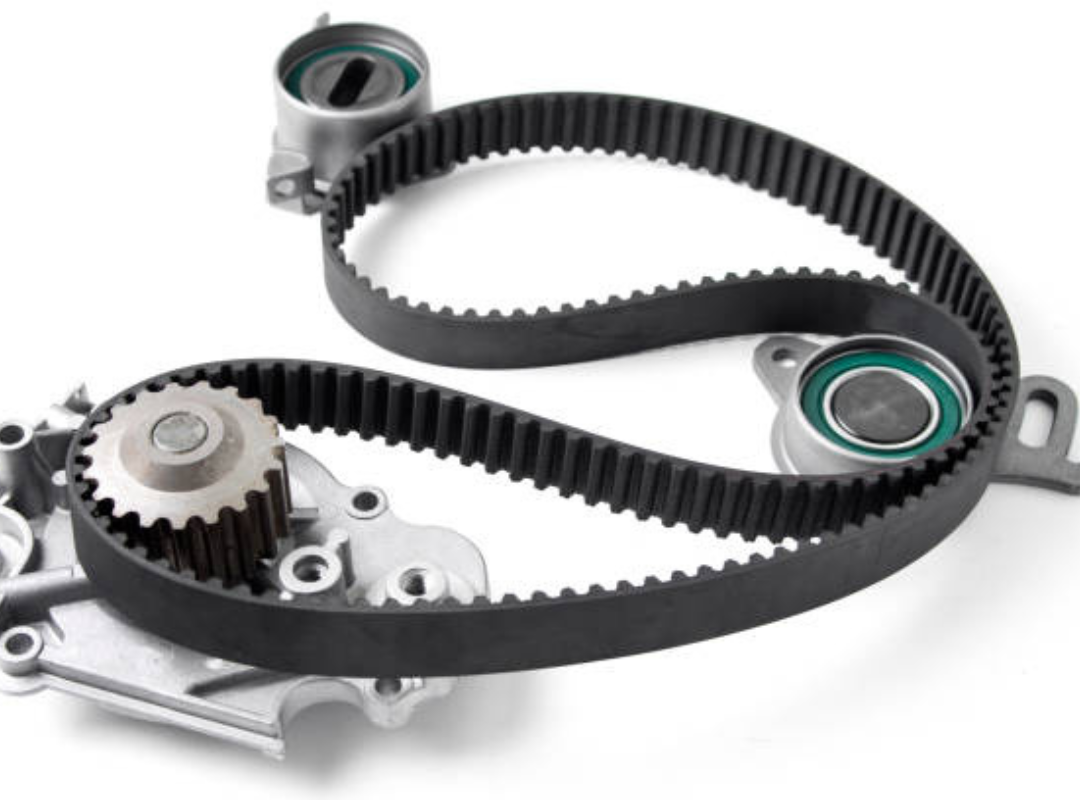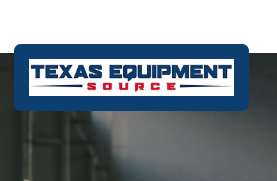Golf carts are essential for smooth transportation on golf courses, gated communities, and even commercial properties. However, like any other vehicle, they require routine maintenance to function properly. One of the most overlooked yet critical components of a golf cart is its belt system. Regular belt maintenance ensures longevity, efficiency, and safety while preventing costly breakdowns. Ignoring this essential upkeep can lead to performance issues, unexpected repairs, and a shortened lifespan for your golf cart.
In this article, we’ll explore why belt maintenance is vital, the common issues that arise due to neglect, and how timely inspections and replacements can save you from expensive repairs. Whether you own an electric or gas-powered golf cart, keeping its belts in optimal condition is a key factor in ensuring a smooth and reliable ride.
The Role of Belts in a Golf Cart’s Performance
Golf cart belts play a crucial role in power transmission and overall vehicle performance. There are two main belts in a gas-powered golf cart:
-
Drive Belt: Transfers power from the engine to the rear wheels.
-
Starter Belt (or Generator Belt): Engages the starter and helps in charging the battery.
Over time, these belts experience wear and tear due to friction, heat, and regular use. A worn-out belt can lead to inefficient power transfer, sluggish acceleration, and even complete breakdowns. This is why belt maintenance should be a top priority for any golf cart owner.
Signs Your Golf Cart Belt Needs Maintenance
Recognizing the early signs of a failing belt can prevent costly repairs and unexpected breakdowns. Here are some common indicators that your golf cart belt may need attention:
Unusual Noises
A squealing or screeching sound when starting the cart is a clear sign that the belt is loose or worn out. Over time, belts can stretch, leading to improper tension, which results in noise.
Reduced Acceleration
If your golf cart struggles to gain speed or hesitates when you press the accelerator, a worn-out belt could be the culprit. Frayed or stretched belts slip, causing a delay in power transmission.
Visible Wear and Tear
Regular belt maintenance includes checking for cracks, fraying, or thinning. If the belt appears damaged, it’s best to replace it before it breaks completely.
Burning Rubber Smell
A burning smell often indicates excessive friction between the belt and pulleys. This can be caused by misalignment, improper tension, or extreme wear.
Inconsistent Performance
If your golf cart runs smoothly one moment and struggles the next, the belt might be slipping. This inconsistency can worsen over time, leading to complete failure.
Ignoring these warning signs can result in more severe damage to the cart’s engine and transmission system. Scheduling routine belt maintenance helps keep your golf cart running efficiently.
Importance of Regular Belt Maintenance
Routine belt maintenance offers multiple benefits, including improved performance, extended lifespan, and cost savings. Let’s take a closer look at why maintaining your golf cart belts is essential:
Enhances Performance and Efficiency
A well-maintained belt ensures smooth power transfer, allowing your golf cart to accelerate seamlessly. This is particularly important for those who use carts for long distances or hilly terrains, where extra power is needed.
Prevents Unexpected Breakdowns
A snapped or malfunctioning belt can leave you stranded in the middle of a golf course or a private community. By conducting regular belt maintenance, you reduce the risk of sudden failures and ensure a hassle-free experience.
Saves Money on Repairs
Replacing a worn-out belt is far more cost-effective than repairing engine damage caused by a broken belt. Preventative belt maintenance minimizes the need for expensive repairs and extends the lifespan of other mechanical components.
Increases Longevity of the Golf Cart
Consistently maintaining the belts reduces strain on the engine and transmission system, ultimately prolonging the life of your golf cart. A neglected belt forces the engine to work harder, leading to premature wear and tear.
When to Replace Your Golf Cart Belt
While belt maintenance can extend the life of your belts, there comes a time when replacement is necessary. Here are some general guidelines:
-
Drive belts should be replaced every 3-5 years, depending on usage and wear.
-
Starter belts may need replacement sooner if you frequently start and stop your golf cart.
-
If the belt feels loose or has visible cracks, it’s time for a replacement.
For those in need of cart belt replacement in Millsboro, it’s best to consult a professional service provider to ensure the correct fit and installation. A properly installed belt enhances performance and reduces the chances of further mechanical issues.
DIY vs. Professional Belt Maintenance
Golf cart owners often wonder whether they should handle belt maintenance themselves or hire a professional. While minor adjustments and inspections can be done at home, certain tasks require expert knowledge.
DIY Maintenance Tips
-
Inspect belts regularly for wear, cracks, or fraying.
-
Check tension to ensure the belt isn’t too loose or too tight.
-
Clean pulleys to prevent debris buildup that may affect performance.
-
Lubricate moving parts (if recommended by the manufacturer) for smoother operation.
When to Call a Professional
-
If you notice excessive slipping or stalling.
-
If you’re unsure about adjusting belt tension.
-
If the belt needs full replacement and proper alignment.
A professional technician has the tools and expertise to diagnose issues accurately and ensure the best results for your golf cart’s performance.
Final Thoughts
Regular belt maintenance is not just about preventing breakdowns—it’s about ensuring a smooth, efficient, and long-lasting golf cart experience. Ignoring belt upkeep can lead to poor performance, costly repairs, and unnecessary stress. By inspecting and replacing worn-out belts on time, you can enjoy uninterrupted rides and a more reliable vehicle.
Whether you choose to maintain your golf cart belts yourself or seek professional assistance, staying proactive is key. Keep an eye on signs of wear, schedule routine inspections, and invest in quality replacements when needed. Your golf cart will thank you with years of trouble-free operation!







0 Comments